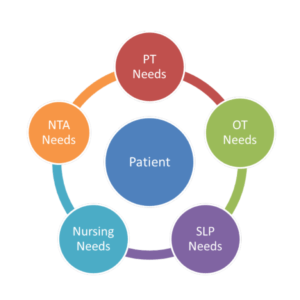OIG recommends 5 changes to Medicare hospice payment system
The Centers for Medicare & Medicaid Services has agreed to reform its hospice payment system, as required by the Afforable Care Act, by taking five steps outlined in a new report [PDF] by the U.S. Department of Health and Human Services Office of Inspector General (OIG):
- Reform payments to reduce the incentive for hospices to target beneficiaries with certain diagnoses and those likely to have long stays.
- Target certain hospices for review.
- Develop and adopt claims-based measures of quality.
- Make hospice data publicly available for beneficiaries.
- Provide additional information to hospices to educate them about how they compare with their peers.
Before making its recommendations, the OIG analyzed all Medicare hospice claims from 2007 through 2012. It found that Medicare payments for hospice care in assisted living facilities (ALFs) more than doubled in five years, totaling $2.1 billion in 2012, and for-profit hospices received much higher Medicare payments per beneficiary than nonprofit hospices.
“Hospices provided care much longer and received much higher Medicare payments for beneficiaries in ALFs than for beneficiaries in other settings,” the authors noted, even though hospice beneficiaries in ALFs often had diagnoses that usually require less complex care.
The current payment system creates financial inventives for hospices to target beneficiaries in ALFs, according to the authors, because they may offer the hospices the greatest potential financial gain. “Together, the findings in this and previous OIG reports show that payment reform and more accountability are needed to reduce incentives for hospices to focus solely on certain types of diagnoses or settings,” the authors wrote.
I Advance Senior Care is the industry-leading source for practical, in-depth, business-building, and resident care information for owners, executives, administrators, and directors of nursing at assisted living communities, skilled nursing facilities, post-acute facilities, and continuing care retirement communities. The I Advance Senior Care editorial team and industry experts provide market analysis, strategic direction, policy commentary, clinical best-practices, business management, and technology breakthroughs.
I Advance Senior Care is part of the Institute for the Advancement of Senior Care and published by Plain-English Health Care.
Related Articles
Topics: Medicare/Medicaid










